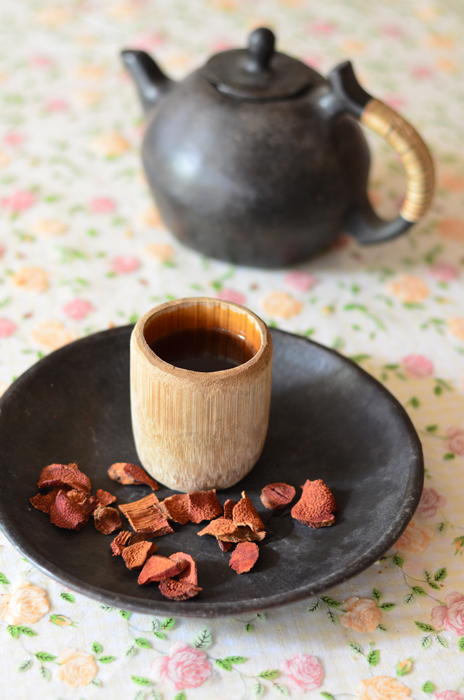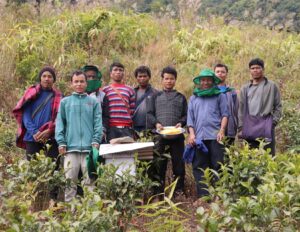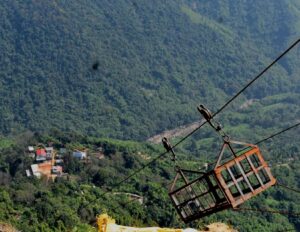
The Ark of Taste is an international catalogue of endangered heritage foods which is maintained and coordinated by the international Slow Food movement based in Bra, Italy. The Ark, like the Biblical Noah’s Ark, is designed to preserve at-risk foods that are sustainably produced, unique in taste, and part of a distinct Eco region. Contrary to the most literal definition of plant and animal conservation, the Ark of Taste aims to maintain edibles in its purview by actively encouraging their cultivation for consumption.

As a platform that connects the responsibility of agrobiodiversity with the pleasure of good, clean and fair food, documentation of local foods is paramount for NESFAS. Since 2012, the group has documented 3 Ark of Tastes that were successfully accepted by the Foundation for Biodiversity of Slow Food. These include Sha Shiahkrot, the Khasi Mandarin and La Punei (lemon basil). During the Mei Ram-ew 2013, communities proposed another 14 Ark of Taste products to be listed by NESFAS and eventually Slow Food international.
The Ark was created to point out the existence of these products and draw attention to the risk of their extinction and invite people to take action to help protect them by – seeking them out, buying and consuming them; telling their story, supporting their producers; and in some cases (such as in the case of endangered wild species) promoting their conservation and reproduction. By rediscovering and giving value to these products, local economies can also be strengthened.
Identifying an Ark of Taste might not be difficult in a biodiversity rich area such as northeast India. It may, however, be challenging to focus on a particular crop and to decide which one should be most highlighted. Considering the day-to-day involvement of indigenous communities with local agrobiodiversity, one should always remember to work from the bottom-up. This will not only ensure the identification of the most unique crops, the related challenges and reasons for the neglect faced by certain products. It is detailed information which is sometimes toughest to accumulate. Therefore questionnaires are considered the best tools to dig up information from communities where the potential Ark of Taste is. This research should be submitted to NESFAS along with several photographs depicting the product in its natural condition, how it is used, utensils used to cook it, producers and the ecological environment. The document is reviewed by NESFAS and then forwarded to Slow Food Italy where the International Technical Committee of Slow Food will decide if further information is needed and if the product is accepted as a “passenger” of the Ark of Taste.





